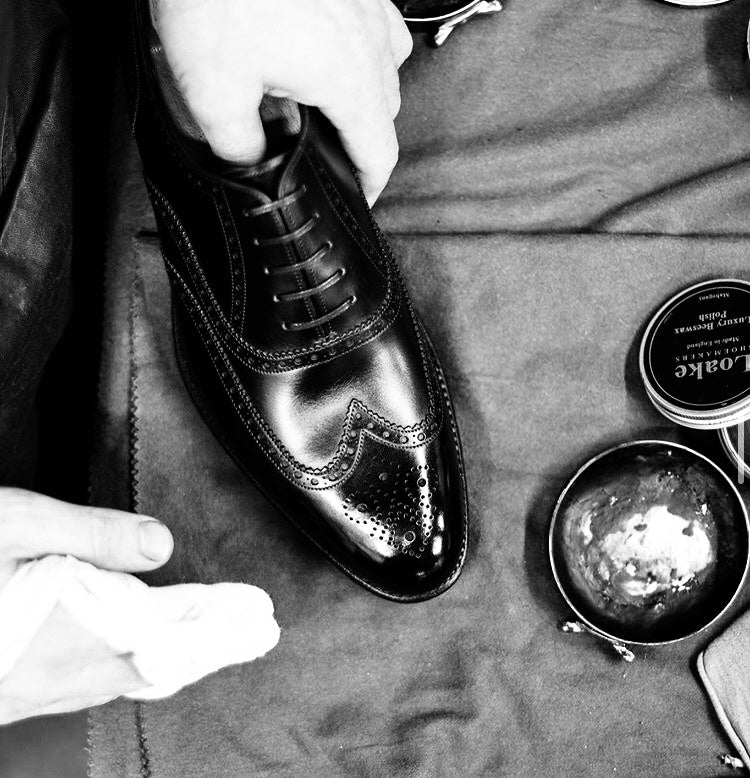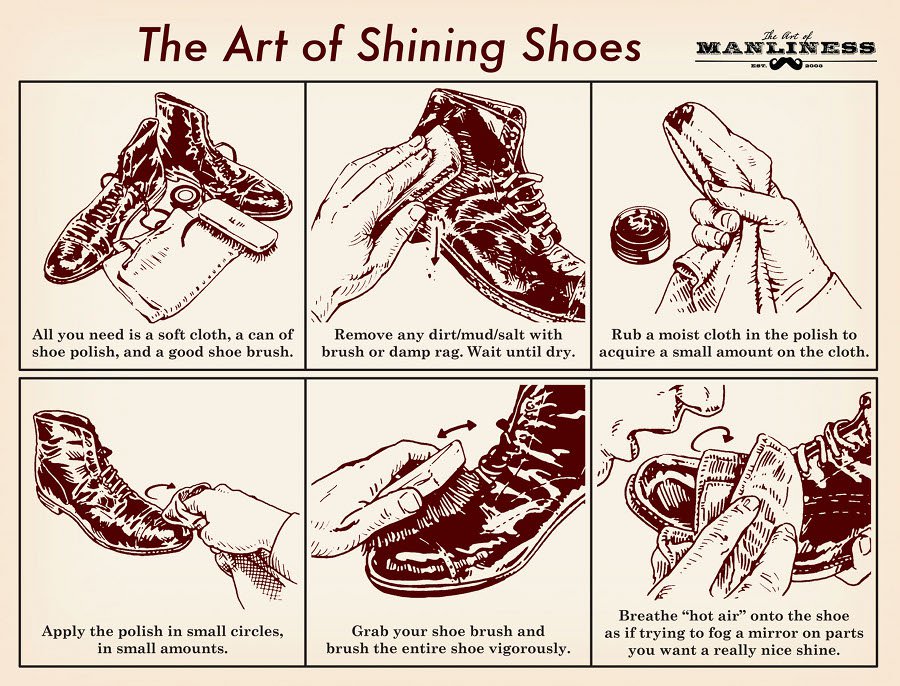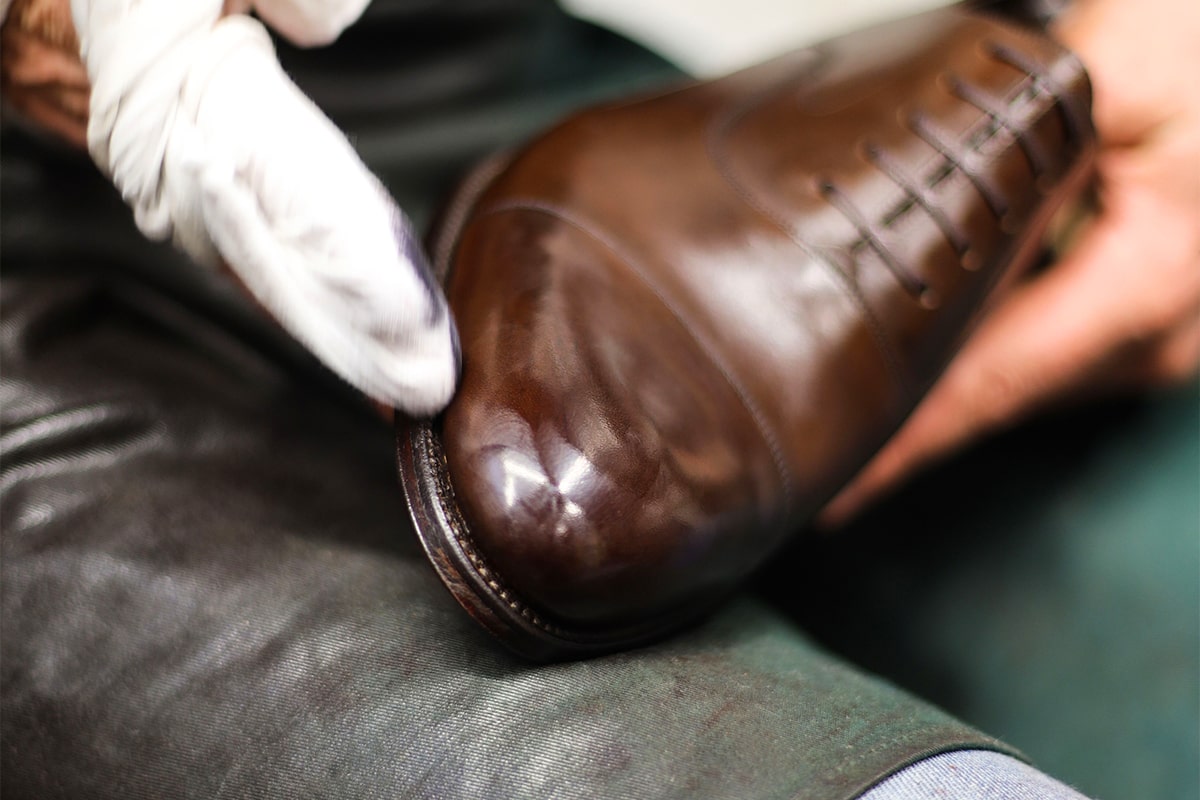Introduction
Polishing shoes isn’t just a chore; it’s an essential part of footwear maintenance that can prolong the life of your shoes and keep them looking sharp. For shoe enthusiasts, business professionals, or anyone who takes pride in their appearance, knowing how to polish shoes effectively is crucial. In this in-depth guide, we’ll cover everything from the basics of shoe polish to advanced techniques, product recommendations, and answers to common questions. Let’s lace up and dive right into the world of shoe care!
Importance of Polishing Shoes
Aesthetic Appeal
A freshly polished pair of shoes can elevate any outfit. Whether you’re dressing up for a job interview or simply heading out for dinner, polished shoes send a message of professionalism and attention to detail. According to a study published in the Journal of Experimental Social Psychology, people often make judgments based on appearance, which includes footwear. Well-polished shoes can even enhance your confidence, making you feel more put-together.
Protection Against Elements
Shoe polish not only adds shine but also creates a protective layer against moisture and dirt. This is especially important for leather shoes, which can dry out and crack if not treated properly. Regular polishing can help maintain the integrity of the material, extending the lifespan of your investment.
Preventing Damage
Over time, dirt and grime can accumulate on your shoes, leading to stains and degradation. By polishing regularly, you can prevent long-term damage. Polishing helps to seal the pores in leather, reducing the likelihood of stains setting in.
Types of Shoe Polish
Cream Polish
Pros: Conditions leather, provides a rich shine, available in various colors.
Cons: Takes longer to dry, requires buffing for best results.
Cream polish is often the go-to choice for leather shoes as it moisturizes while providing a deep shine. It’s ideal for anyone looking to maintain the overall health of their leather.
Wax Polish
Pros: High shine finish, water-resistant, durable.
Cons: Can build up over time, may not condition leather.
Wax polish is perfect for those who want an impressive shine. However, it can sometimes lead to a buildup if used too frequently, so it’s best to alternate with cream polish for conditioning.

Liquid Polish
Pros: Easy to apply, dries quickly, ideal for on-the-go touch-ups.
Cons: Less effective at conditioning, can damage some fabrics.
Liquid polish is an excellent option for quick fixes, but it doesn’t offer the same level of protection and conditioning as cream or wax options.
Sponge Applicators
Pros: Convenient, mess-free application, great for travel.
Cons: Limited shine, not as effective on tough stains.
Sponge applicators are handy for those who need a quick shine without the mess. They’re perfect for travel, but they don’t replace the need for a thorough polishing routine.

Tools for Polishing Shoes
Equipping yourself with the right tools will make the shoe polishing process much smoother. Below is a checklist of essential tools to keep in your shoe care kit.
Shoe Brushes
A good quality shoe brush is essential for applying polish and buffing your shoes. There are generally two types: horsehair and nylon.
– Horsehair Brush: Ideal for applying cream and wax polishes.
– Nylon Brush: Suitable for cleaning and removing dirt.

Polishing Cloths
Soft, lint-free cloths are great for applying polish and buffing for a high shine. Microfiber cloths work particularly well due to their gentle texture, preventing scratches on the leather.
Applicator Brushes
These brushes can help apply polish to hard-to-reach areas. They’re especially useful for decorative stitching or intricate designs on shoes.

Leather Conditioner
Investing in a high-quality leather conditioner is crucial for maintaining the health of your shoes. Conditioners help to replenish moisture and keep the leather supple.
Step-by-Step Guide to Polishing Shoes
Ready to get your shine on? Follow this step-by-step guide to polish your shoes like a pro!

Step 1 – Gather Your Supplies
Before you start, make sure you have everything you need:
– Shoe polish (cream, wax, or liquid)
– Shoe brush (horsehair and nylon)
– Polishing cloth
– Applicator brush
– Leather conditioner
Step 2 – Clean Your Shoes
Begin by removing any dirt or debris from the shoe’s surface. Use a damp cloth or a nylon brush to gently scrub off any caked-on dirt. Allow the shoes to dry completely before proceeding.

Step 3 – Apply Conditioner
Apply a small amount of leather conditioner onto a polishing cloth and rub it into the leather in circular motions. This step is crucial as it nourishes the leather and helps maintain its suppleness.
Step 4 – Apply the Polish
Using an applicator brush or cloth, apply the shoe polish in a thin, even layer. Work with small amounts to avoid excess build-up. Ensure you cover every area of the shoe, including seams and creases.

Step 5 – Let It Dry
Allow the polish to dry for at least 15 minutes. This step is important as it allows the polish to penetrate the leather, offering better protection and shine.
Step 6 – Buff for Shine
Once the polish is dry, use a horsehair brush to buff the shoes. This will create a shine and remove any excess polish. For an even more glossy finish, you can use a soft cloth for a final buff.
Step 7 – Repeat Regularly
To maintain the shine and protective coating, aim to polish your shoes every 2-4 weeks, or more frequently if you wear them often.
Tips for Polishing Shoes
Choose the Right Color
Always select a polish that matches the color of your shoes. If you can’t find an exact match, go a shade darker, as lighter colors may not provide adequate coverage.
Test Before Applying
Before applying any polish, test it on an inconspicuous area of the shoe to ensure compatibility with the leather.
Avoid Over-Conditioning
While conditioning is essential, too much can lead to greasy buildup. Aim to condition your shoes every 3-6 months, depending on wear and environmental conditions.
Real-World Experiences with Shoe Polishing
Case Study: The Business Professional
Meet John, a senior executive who always appeared polished, thanks in part to his meticulous shoe-care routine. He’s often complimented on his footwear, which he maintains through regular polishing. John follows a monthly schedule to condition and polish his leather shoes, ensuring they always look pristine for meetings. He swears that the compliments he receives enhance his confidence and help him make a great impression.
Case Study: The Casual Enthusiast
Lisa, a fashion blogger, often styles her outfits with vintage finds. She believes that polished shoes can transform an entire look. By experimenting with different polishes and colors, she has discovered that a vibrant red polish can make her outfit pop. Lisa showcases her polished shoes on social media, encouraging her followers to share their shoe-care routines and experiences.
Comparison Table: Shoe Polish Types
| Type | Shine Level | Conditioning | Water Resistance | Ease of Use | Best For |
|---|---|---|---|---|---|
| Cream | Moderate | Yes | Low | Moderate | Everyday leather shoes |
| Wax | High | No | High | Moderate | Formal occasions |
| Liquid | Low | No | Moderate | High | Quick touch-ups |
| Sponge | Low | No | Low | Very high | Travel and convenience |
Pros and Cons of Shoe Polishing
Pros
– Enhanced Appearance: Regular polishing keeps shoes looking new and shiny.
– Increased Lifespan: Protecting your shoes from moisture and dirt can extend their life.
– Cost-Effective: Maintaining your existing shoes is far more economical than buying new ones.
Cons
– Time-Consuming: A thorough polishing can take time, which some may not have.
– Learning Curve: Proper technique is essential for achieving the best results.
– Cost of Products: Investing in quality polishes and tools can be a deterrent.
FAQs About Shoe Polishing
1. How often should I polish my shoes?
Aim to polish your shoes every 2-4 weeks, or more often if they are worn regularly.
2. Can I use furniture polish on my shoes?
No, it’s not recommended. Furniture polish can damage the leather and alter its appearance.
3. How do I remove scuff marks?
Use a nylon brush with a bit of water and then buff with a cloth after polishing.
4. Is it necessary to condition shoes before polishing?
Yes, conditioning helps maintain the leather and allows the polish to adhere better.
5. Can I polish synthetic shoes?
Polishing is mainly for leather. However, you can clean synthetic shoes with appropriate cleaners.
6. What if my shoes are already damaged?
For damaged shoes, consult a professional cobbler before applying polish.
7. Can I use multiple types of polish on the same shoe?
While it’s possible, it’s best to stick to one type at a time to avoid buildup.
8. What are the signs that my shoes need polishing?
If they appear dull, have accumulated dirt, or show scuff marks, it’s time to polish.
9. How do I store my shoes after polishing?
Allow them to dry completely, then store them in a cool, dry place away from direct sunlight.
Conclusion
Polishing your shoes is more than a way to keep them looking sharp; it’s a significant aspect of footwear care that can enhance your personal style and prolong the life of your shoes. With the right tools, techniques, and routine, you can ensure that your footwear remains a reflection of your attention to detail and professionalism. Whether you’re a business professional like John or a fashion enthusiast like Lisa, a polished shoe can make all the difference. Now that you have all the insights you need, it’s time to put your newfound knowledge into action. Happy polishing!
References
– Journal of Experimental Social Psychology. (2015). Social Judgments and Appearance
– Footwear Maintenance Guide. PDF Link
– Leather Care Basics. DOC Link